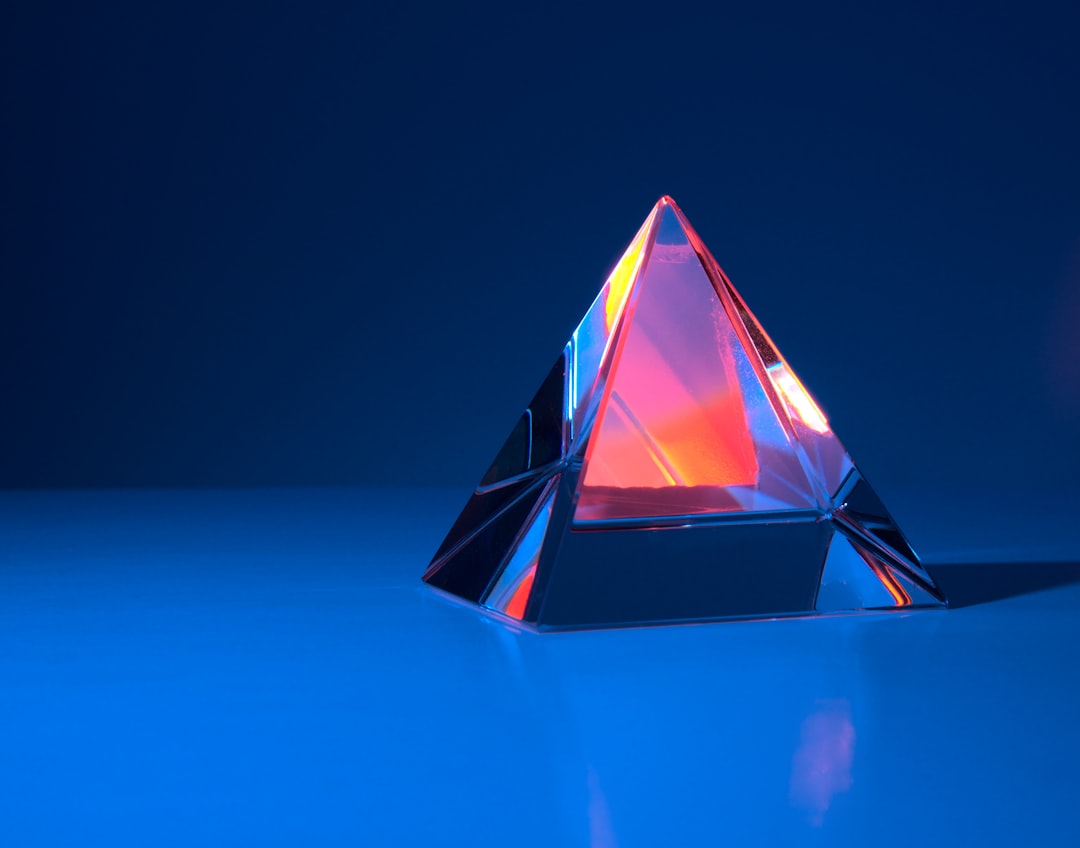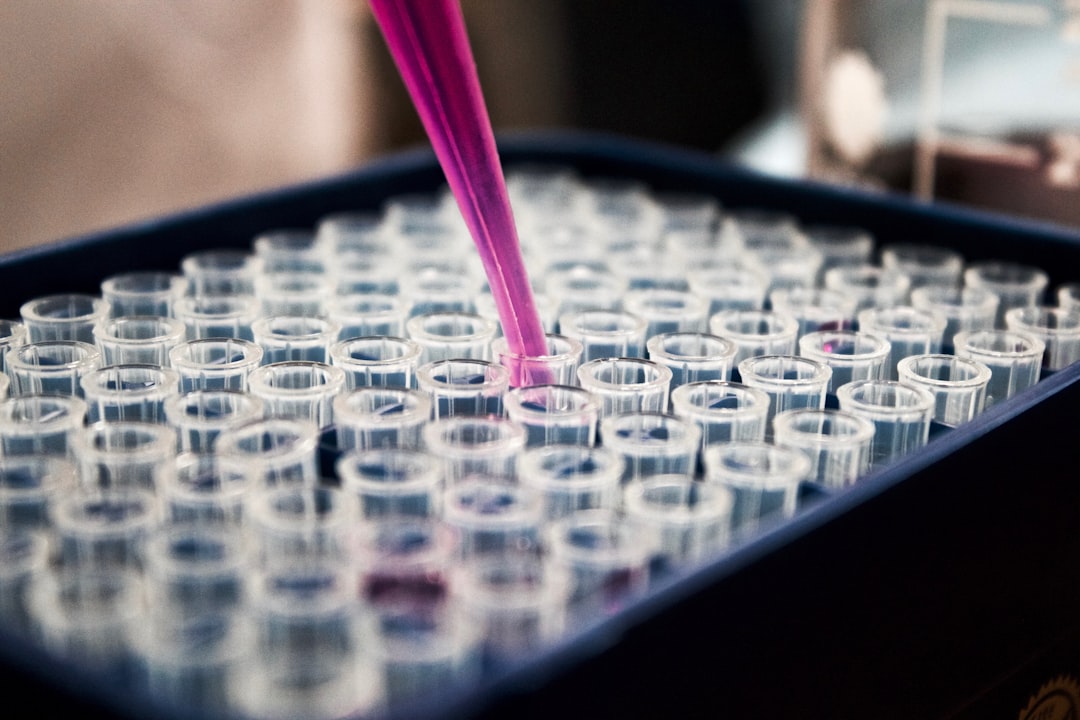What is it about?
In our research, we developed a new way to take images of mouse eyes using a combination of light and sound. We merged two techniques, one that uses laser pulses to create sound waves in the eye, and another that uses a different laser to capture reflections of light, giving us cross-sectional images. This allowed us to look deeper into the mouse's eye, which is important for studying eye diseases like nearsightedness. To improve image quality, we used a dye called Rose Bengal. This dye not only improved the pictures but also has the potential to help treat nearsightedness by making the eye stronger and preventing it from stretching. We designed a 3D-printable holder for the mice and an adjustable needle sensor to get the best images and created a 3D-printed model of a mouse's eye to test and fine-tune our system. Our results showed that our method can produce high-resolution, high-contrast images of the eye's blood vessels and other structures, with or without the Rose Bengal dye. We also found that our system works well with near-infrared light, which can reach deep into the eye. We believe that our system is a valuable tool for studying eye diseases in mice and could lead to exciting new discoveries and treatments in the future.
Featured Image

Photo by Harry Quan on Unsplash
Why is it important?
This research is important because it can help us understand how the mouse eye develops and functions, and how it can be affected by diseases or treatments. The mouse eye is a useful model for studying human eye diseases, because many of the genes and structures are similar. By using light and sound to image the mouse eye, we can see the different layers and blood vessels of the eye in high resolution and contrast, without damaging the eye or using invasive methods. This can help discover new mechanisms and therapies for eye diseases such as nearsightedness, glaucoma and macular degeneration among others.
Perspectives
We believe that our system is a valuable tool for studying eye diseases in mice and could lead to exciting new discoveries and treatments in the future.
Richard Haindl
Medical University of Vienna
Read the Original
This page is a summary of: Visible light photoacoustic ophthalmoscopy and near-infrared-II optical coherence tomography in the mouse eye, APL Photonics, October 2023, American Institute of Physics,
DOI: 10.1063/5.0168091.
You can read the full text:
Resources
Contributors
The following have contributed to this page










